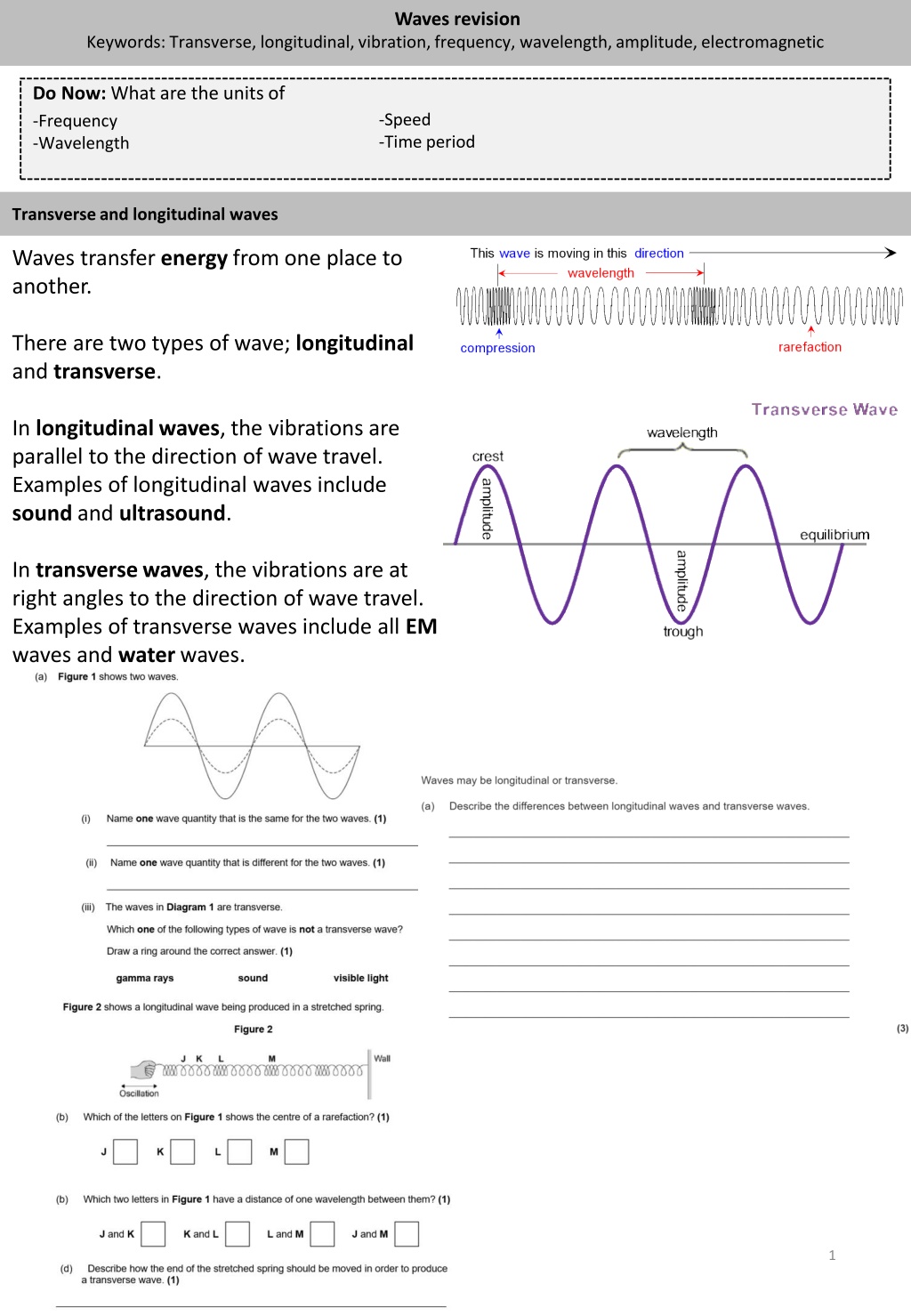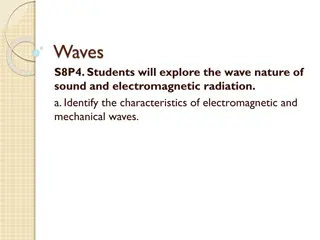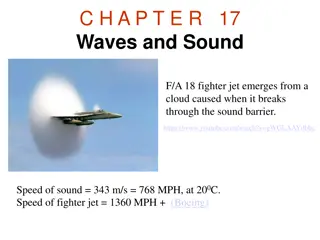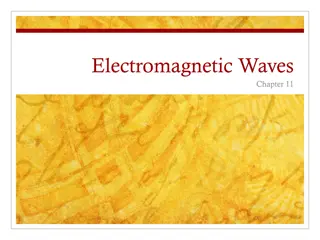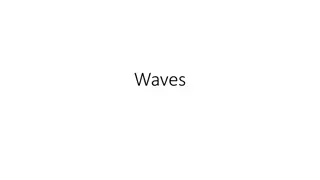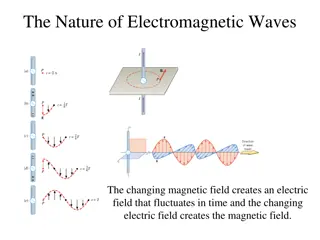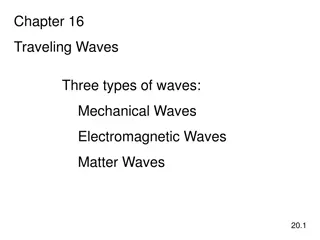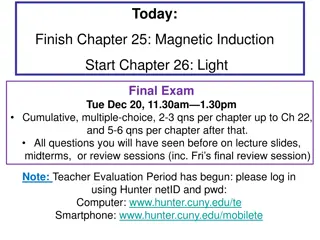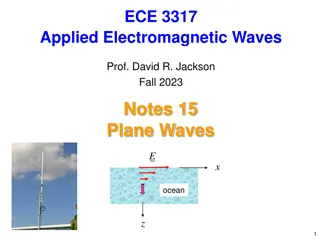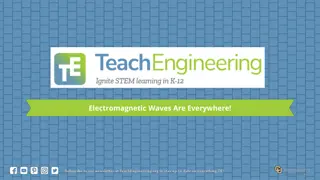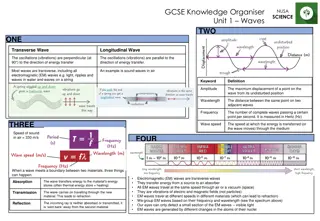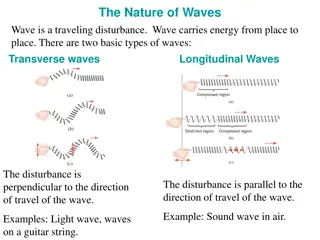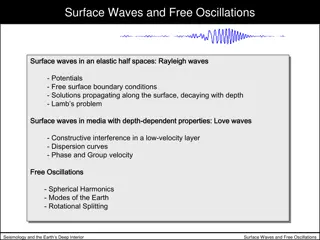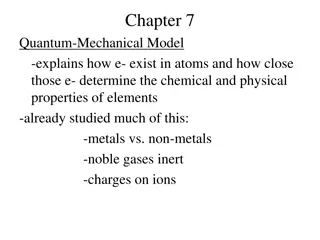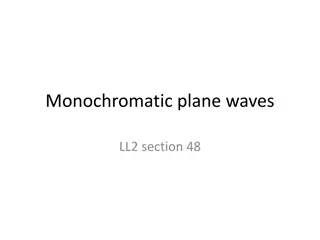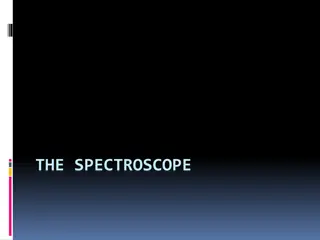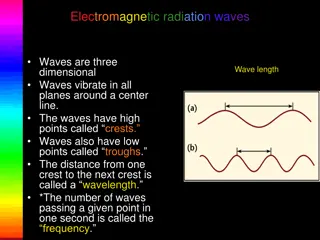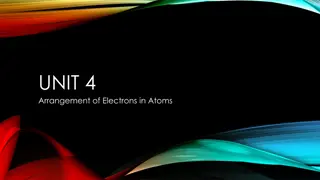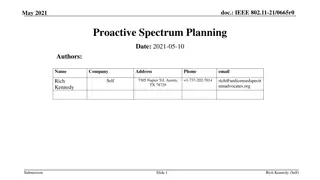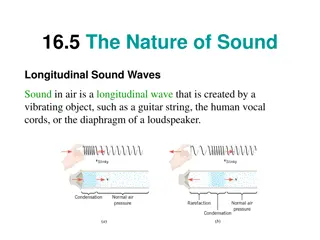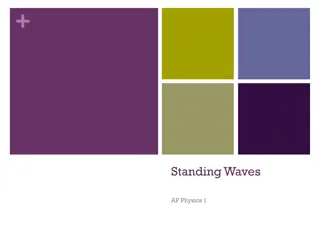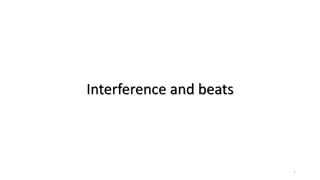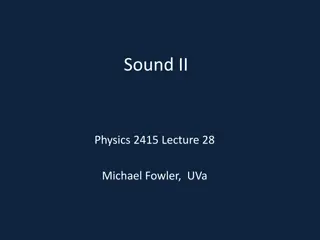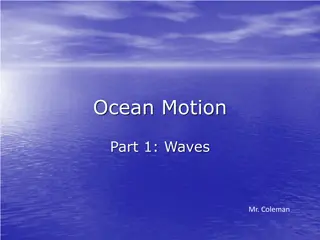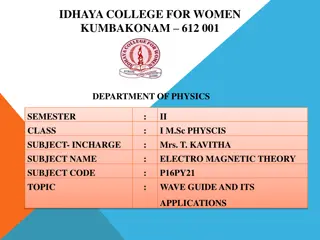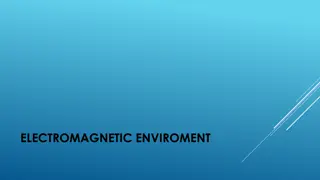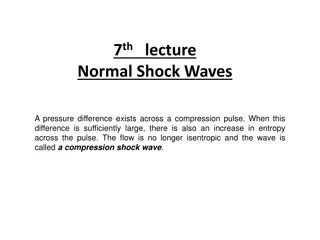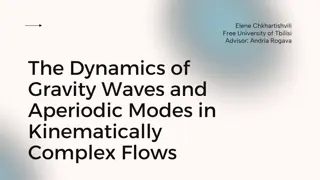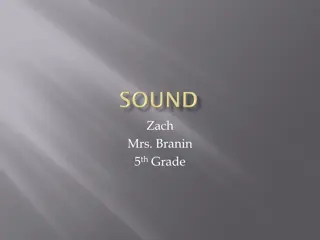Understanding Waves: Types, Equations, Reflection, and Electromagnetic Spectrum
Waves are vital in transferring energy, and they come in two main types: longitudinal and transverse. Learn about wave properties, equations relating to frequency, time period, and wave speed, as well as reflections, refractions, and the electromagnetic spectrum. Discover how different types of waves behave and interact in various mediums.
Download Presentation

Please find below an Image/Link to download the presentation.
The content on the website is provided AS IS for your information and personal use only. It may not be sold, licensed, or shared on other websites without obtaining consent from the author. Download presentation by click this link. If you encounter any issues during the download, it is possible that the publisher has removed the file from their server.
E N D
Presentation Transcript
Waves revision Keywords: Transverse, longitudinal, vibration, frequency, wavelength, amplitude, electromagnetic Do Now: What are the units of -Frequency -Wavelength -Speed -Time period Transverse and longitudinal waves Waves transfer energy from one place to another. There are two types of wave; longitudinal and transverse. In longitudinal waves, the vibrations are parallel to the direction of wave travel. Examples of longitudinal waves include sound and ultrasound. In transverse waves, the vibrations are at right angles to the direction of wave travel. Examples of transverse waves include all EM waves and water waves. 1
Equations The frequency measures how many waves travel past a point every second. The equation that links time period and frequency is: T = 1 f where T is the time period (in seconds) f is the frequency (in Hertz) The wave speed equation says that the velocity of a wave is equal to the frequency multiplied by the wavelength: ? = ? ? where v is the velocity (m/s) f is the frequency (Hz) is the wavelength (m) The wave speed equation can be used to calculate the speed of a water wave in a ripple tank. To measure the wavelength of a wave in a ripple tank, use a ruler and take a picture with a camera. To measure the frequency count the number of waves that pass a point in 10 seconds and divide by 10. We can record it and play back in slow motion. 2
Reflection and refraction All EM waves reflect if they hit a reflective surface. Light is the most common example of this and it s how we can see ourselves in a mirror. Law of Reflection angle of incidence ( ) = angle of reflection ( ) The law of reflection is true for any type of wave being reflected from a surface. When an EM wave (like light) travels into a material that is more dense (for example from air into a glass block), it refracts towards the normal. Refraction can also be shown with wavefronts. In a more dense material (like glass) the wave travels more slowly. The wavelength therefore decreases. 3
Electromagnetic waves The electro-magnetic (EM) spectrum is a family of 7 waves. They are all transverse and travel at the speed of light. The three EM waves with the most energy are ionising: UV X-rays Gamma rays We use a mnemonic to remember the order of the 7 EM waves (from longest wavelength to shortest) remember my instructions visible under x-ray glasses. The order of visible light is ROY G BIV. 4
